|
There is actually so much street art in Ang Mo Kio. Ang Mo Kio may be the latest town decorated with beautiful street art that make the walls of the town attractive. Not only attractive, beautiful or Insta-worthy. All these street art pieces of Ang Mo Kio tell a story about Singapore, its culture, rich heritage and history.
It is so heartening to know that there are two areas in Ang Mo Kio where the wall murals were painted by school students. The creation and presence of public works of art provide immeasurable opportunities to those students involved and those who experience them. These projects show that Singapore is a place that not only values the expression of local artists, but is a country that is eager to share opportunities with others for the sake of art education and community building. The first set of murals are known as “Void Deck REVAMP” project. Art students from Canberra Secondary School, Ang Mo Kio Secondary School, Maris Stella High School, Presbyterian High School, Chong Boon Secondary School, Mayflower Secondary School and Nanyang Polytechnic, led by local artists revamped a total 11 void deck areas at various Housing Development Blocks (“HDB) at Ang Mo Kio Avenue 1, 3 and 10. The murals were completed in July 2014. I know I am a bit late to write about them, but better late than never, right? The aim of Project Void Deck REVAMP was to allow engagement between the artwork and the residents, promoting community arts, getting everyone to beautifying the environment and lastly, and also to promote our local artists.
1 Comment
If the memory can serve Singaporeans well, Singapore was the host of the inaugural 2010 Summer Youth Olympics Games (“YOG”). It participated in all the 26 sports, with a total of 129 athletes representing the nation.
Art is one way to bridge the community. Back in 2009, students from Damai Secondary School spent part of their holidays to transform some empty walls of housing flats at Bedok Reservoir Road into larger-than-life canvasses. The theme of the murals was “Sports” and there were 15 murals in total, created with brilliant colours, depicting various sports such as swimming, table tennis and basketball. There was a special link between the YOG and Damai Secondary School, even before these murals because in 2008, the students painted two Olympic-themed murals to support Singapore's bid to host the YOG as well as the nation's athletes in their quest for glory at the Beijing Olympic Games. This mural project was also a double celebration as it marked the 15th anniversary of the school. Anyone who knows me knows I am a massive fan of street art. I personally enjoy street photography, so in a way, street art massively appeals to me. I seem to have this sixth sense for sniffing it out in the city that I live in or every new city I visit. I always find them in some very surprising locations. Through my travels I have to come to recognise the styles of some of the world’s better known artists, and found some new favourites along the way.
For an added bonus, the relatively new Our Tampines Hub in Singapore has also provided some new street art gems, including work by a Singaporean artist, Ceno2. Ceno2 is, without doubt, one of my favourite street artists, and stumbling upon his art pieces while exploring a new mall was like finding the holy grail of street art. Whenever I make a wrong turn, will always result in finding something just as wonderful. I also spotted pieces by other artists like Chai Chee Seam and RSCLS, such as Zul Othman, who goes by the moniker Zero @zero_rscls, Adeline Tan @Mightyellow, Ink and Clog Studio and Wu Yanrong. I am drawn to street art because it is usually reflective of the personality or quirks of the neighborhood where it is located. Simply put, it conveys a vibrancy and a story of the community where it exists. Thus, by including it in my photos can give my viewers a look into the culture of the place and what it may be like to be in that particular setting. In the last couple of years I have come to appreciate street art. There are so many reasons why people love street art and why it is becoming more popular or important for people of all walks of life. Street art is an important part of history and identity for many metropolises, and sometimes even has the ability to breathe life into communities. I have tons of Singapore street art / wall mural pictures and I will continue to blog about them bit by bit in 2021.
I have a lot of great memories of Bras Basah Complex, so today I decided to dedicate a post on wall murals at this place. The Bras Basah Complex has been a familiar place to many Singaporeans for the past three decades. The commercial-cum-residential complex became Singapore’s well-known City of Books, an unofficial yet representative name just like the Beach Road’s Army Market, the Arcade where moneychangers ply their trades, or the famous Sungei Thieves Market with their second hand goods. I used to buy books and stationery at this place when I was a student. I still frequent Bras Basah Complex very often nowadays, not to buy books, but for the endless supplies of art materials from Art Friend for my painting works. Most of these vibrant and cheerful wall mural paintings at Bras Basah Complex were created by students from the Nanyang Academy of Fine Arts ("NAFA"), as part of Central Singapore CDC’s Painting Smiles initiative. This arts initiative was titled "Painting Smiles" which aimed to bring smiles to visitors or residents through the use of bright and therapeutic colours on wall murals. There are also some other wall murals done by local street artists. I know this is just one of those things that people say, but I've been obsessed with street art since way before it started to be cool to like street art. I mean, story of my life, right? I think if you lined up the few things in life that I'm passionate about, you would find that most of them are currently trendy. Which is kind of funny, because I wouldn't consider myself to be all that trendy a gal. But what can I say, street art is in this season. Honestly, I could just put a ton of street art photos up as proof that street art is pretty freaking awesome. And don't worry, I will, but I guess I should also write about it as well since this is, you know, a photography blog.
Nevertheless, it's 100% true; I fell in love with street art. It was pretty much love at first sight. I settled for travelling in search of street art in my hometown, Singapore and around the world before the COVID-19 pandemic. As a frequent traveller, I found there was a growing treasure trove, and often in unexpected places. I was fascinated. At one point, I genuinely considered doing a degree focused on the culture of street art (if there is). You get the picture. I'm kind of obsessed. Once I discovered that Ang Mo Kio had street art, I knew I would enjoy it here. It’s a bustling neighbouring area for many, but for me, it was about looking for street art that day. I couldn’t notice such a big surprise in Ang Mo Kio until recently. Some masterpieces have to be seen in real, wherever they are. And can you say no to the pleasure of discovery? The street art I saw depicts the culture, rich heritage, history and daily life of people living in Singapore in a sweet yet funny manner, almost like cartoon characters. As I walked around Ang Mo Kio Town Centre, spotting the murals, they had surely put a smile on my face or made me think about the local way of living in Singapore. These street artists’ murals are stunning. As usual with wall murals, I took a plethora of photos. I enjoyed the hours spent searching for street art in Ang Mo Kio, so now I would like to show you how talented some of these street artists really are. It might have passed you by, but I'm a big fan of street art. It's for that very reason that I’m always on a constant lookout for interesting street artwork. What I love most about searching for street art isn’t just finding beautiful murals, but it’s the journey to seek them out. It takes you to places you wouldn’t normally visit; down backstreets and alleyways etc. I think it’s a fantastic way of getting to know a new place. In the end, I always use street art as a landmark to navigate my way around.
The street art in Singapore that I’m going to introduce today has a noble cause in itself — it is meant for people who are suffering from dementia or Alzheimer's Disease. People with dementia will wander. People with dementia may not remember his or her name or address, and often experience problems with orientation, which cause difficulties in finding their way back home. Wandering among people with dementia is dangerous, but there are strategies and services to help prevent it. Wayfinding helps people with dementia move independently from one spot to another. It refers to ‘what people see, what they think about and what they do when finding their way from one place to another’. Several HDB blocks along Ang Mo Kio Avenue 4 have been embellished with murals of kueh kueh, satay, a tingkat and more. Everything — from the size of the murals (big, so residents can spot them from afar) to the mural subjects (traditional because these resonate with those living with dementia) to even the locations of the mural (just one or two at strategic locations instead of painting every other wall) — they are part of a dementia wayfinding project done by the Alzheimer's Disease Association (ADA) in consultation with caregivers of patients who are living with early onset dementia, so as to remain sensitive to the needs of this group of residents. The murals featured familiar, retro items to aid persons living with dementia and the elderly with difficulties in wayfinding, particularly at void decks, in easily recognising their surroundings and finding their way home. Gelam Gallery - Singapore's First Outdoor Art Gallery Hidden In The Back Alleys of Kampong Glam12/9/2020 Kampong Glam is one of my favourite places in Singapore to hang out. I used to shop around this area and spent many times walking up and down these streets, so I will always be fond of it. I love that it’s one of the first places that street art became hip. But even if I’m on a repeat visit, there’s still a whole lot to experience in the neighbourhood.
Kampong Glam is known to be unique for being a place that history and modernity are able to thrive together. It's also home to tons of cultural spots and quaint little cafes and bars. It’s pretty much a common sight to see an old and traditional shop right next to a trendy and quirky boutique. The whole area gives voice to local artists, both established and previously unknown, and to renew tourists’ interests in Singaporean arts scene. But what really makes Kampong Glam stand out are its beautiful IG-worthy graffiti-filled walls. So beautiful that they are now Singapore’s very first outdoor gallery — Gelam Gallery, which is testament to this artistic diversity. Gelam Gallery, which features stunning imagery and paintings done by art professionals as well as graduates from local art educational institutions, is located in the back alleys of the streets of Kampong Glam. I've previously done some street art photodocumentary at Haji Lane and the other side of Kampong Glam which you can click on the links to reminisce. Art In The Heartlands: The Murals at Woodlands HDB Estate On Old, Modern & Future Singapore Times5/9/2020 Singapore has some amazing street art, scattered in various neighbourhoods, painted by incredibly talented artists. Among them, Mr Yip Yew Chong is the one of the popular artists who draws the original scenery of Singapore in its early days with a warm touch. He has been inventing new ways of utilising our shared space to communicate, provoke, and interact, which is what made this a vibrant and engaging place to live. Most of his artwork are murals telling a story about the very place they are located in. All his murals are site specific, but these are more literally so. They are centered on the social practice of using art to create social interaction, in which people reflect on the history, current state, and better potential, of the very space they find themselves in. There’s no better ways to record stories from our pioneer generation than to put them into painting. What’s more we have lifelike murals.
At Blk 683C Woodlands Ave 6 near MRT Admiralty Station, the empty void deck has been transformed into a whimsical world with three zones by Mr Yip. It is divided into three zones featuring nostalgic murals of the farmland and kampung, nature murals and futuristic city murals. The murals resonate with people in a nostalgic way. I feel that Mr Yip did an amazing job. I also think that his artwork itself has the capacity to engage people in conversation and to look at landscapes and physical environments differently. I hope the community will appreciate it and feel that it's their space. Some of Singapore’s ubiquitous HDB blocks have been jazzed up with interesting designs and murals, but this particular endeavour is quite unusual. I found these eye-catching wall paintings which recall different periods of Chinese history for residents of Simei estate. The word "Simei" means "four beauties" in Chinese. Indeed, when mentioning Simei, one tends to think of the Four Great Beauties: Xi Shi, Diao Chan, Yang Guifei, and Wang Zhaojun - legendary characters in Chinese classical literature.
According to local archives, the government had planned to name four roads in the estate as “Guifei Road”, “Diaochan Road”, “Xishi Road” and “Zhaojun Road”. Unfortunately these names are quite the tongue-twister for non-Chinese residents, and so they later settled for Simei Street 1, 2, and so on. Even though the authorities eventually did not name the roads here after the four beauties, you can find murals of them at the HDB void decks in Simei. Look beyond the beauty, the murals of the four beauties sitting at Simei HDB void decks have certainly altered the void decks scene by injecting this area with a little more culture and history. 我最近在本地染上了追 “壁画风”,到许多邻里社区拍摄祖屋底下的壁画。今天我就来到了东部的四美区,而且很意外地发现当年新加坡建成新镇 “四美”,是为了纪念中国古代四大美女的:西施、貂蝉、贵妃、昭君,各有不凡的气质。据说,在新加坡发展初期,确实是以四大美人的美人芳名命名街道的,更有温柔余韵,而且还能凸显社区的不同魅力。但对于不懂中文的人,实在过于拗口。于是,政府便依序以四美一街至四街重新命名,也就是:四美一街、四美二街、四美三街、四美四街等。在“组屋”底层,分别绘制了这四大美人的壁画。每幅壁画绘着美人半身像。贵妃把盏醉酒、貂婵月下焚香、昭君怀抱琵琶、西施纤手浣纱,画面栩栩如生,人物身份一目了然,别有韵味。 I’ve been noticing some murals springing up in the city in recent months, even our humble HDB flats have been catching my eyes more. There are plenty of unique, compelling HDB blocks in Singapore which are painted in vibrant colours or feature giant murals on their walls, boasting all sorts of creative designs from abstract art to pop art. Their bright splashes of colour brightening up the once-grey walls, they never fail to perk me up! Singapore may be a concrete jungle, but as the murals on the streets and charming heritage buildings show us, you can find beautiful art almost everywhere in the city. Since many of the oldest and prettiest buildings have been demolished these past few years, it is time to start paying more attention and appreciate wall murals as a community. I don't wish to wait till it's too late to treasure the colourful murals around us.
The HDB void decks in Serangoon Central were given a fresh, colourful coat of paint. That’s the dose of nostalgia these murals offer. Many of those murals harken back to Singapore’s simple kampong days as a fishing village, while you’ll can also find a lively mix of everything from Sir Stamford Raffles to our modern buildings in the area. They are great examples of meaningful and impactful ground-up initiatives and the final product is a new appealing space that many residents, both young and old, treasure and are proud of. Still think public housing blocks in Singapore are boring? I hope you'll change your mind after you get to the end of this article. Void Deck Art Gallery in West side of Singapore With Cubism Style Inspired by Pablo Picasso22/8/2020 Art has traditionally been used as a medium of expression but conversations have often been restricted within the four walls of a gallery, catering only to a niche audience. However, arts and culture are not confined to just galleries and museums in Singapore anymore – they come alive on the void deck walls of many an HDB estate. Public art took on a life of its own, breaking down walls of confined spaces and spilling out to the heartlands, making the art experience accessible to all.
More murals – or rather, art pieces – were done up at another void deck in the West side of Singapore. Non-profit group Social Creatives transformed a portion of the void decks of Blocks 749 and 750 Jurong West St 73 into a ‘Picasso’ community art gallery. The gallery pays homage to spanish artist Pablo Picasso and his famous Cubism style by creating a more intimate relationship between the artists and the community through collaboration. This is also to encourage local residents to know more about the art history and embrace the arts culture of their city. There is another thing I would say is perhaps not unique but certainly as a whole Picasso brand it is unique. There are so many stories, myths and legends surround Picasso brand that it’s hard to know which are true and which are partly true. This is what made him memorable and his name shareable to wider audience outside art connoisseurs and art collectors. Today, Pop Art is one of the most instantly recognisable forms of art. The influence and mark of pop art artists can be seen in almost every aspect of our modern society. At first glance, Pop Art might seem to glorify popular culture by elevating soup cans, comic strips and hamburgers to the status of fine art on the walls of museums. Pop Art focused on mass production, celebrity and the expanding industries of advertising, TV, radio and print media. Ultimately, it shaped a completely new cultural identity in the field of art and design. The art movement aims to elevate popular culture to the level of fine art, thus blurring the lines between high and low arts.
Campbell’s Soup, Marilyn Monroe, Coca-Cola and words like ‘whaam’ are some examples of Pop Art. If they aren’t enough of an indication, you can spot a Pop artwork pretty easily as they are bright and bold in colour. But while easily recognisable, artists such as Andy Warhol and Roy Lichtenstein exhibited their own, unique style. There is a pop art gallery in Singapore created by Social Creatives, which you do not need to pay any entry fee to visit, and that is located at Block 8 Holland Avenue, a HDB property in Queenstown estate. I was pretty excited about the exploration because I love bold pop art and just about any image inspired by it. The conclusion of the visit was that I found it so fascinating. Basically the paintings are spoofs of renowned pop art artists such as Andy Warhol, Roy Lichtenstein, Keith Haring added in with certain Singapore elements. The artists gave the artwork there a uniquely singaporean twist, so don’t be surprised to see words like “aiyoo” and “sedap” too. There are a few reasons why i personally like Pop Art which are elaborated as you browse the collection of photos below. See if you agree. There are places in Singapore not many are aware of which has a good showcase of artworks – and I am not talking about galleries or museums, but your very own housing estates. For people who live in HDB would think that their public housing block look rather dull and lifeless. Standard practice on some buildings is to leave the first floor open, except for the structural elements. This area is called the "void deck".
In a void deck in MacPherson, you’ll find that the walls are painted in Dutch artist Vincent Van Gogh’s signature yellow and blue, with reproductions of his famous artworks such as Sunflowers and Starry Night. Arts charity group Social Creatives calls it a “void deck art gallery”, said to be the first of its kind here. You do not need to buy an air ticket to fly to Amsterdam to visit the Van Gogh Musuem to find artistic inspiration. Instead, take a stroll through one of Singapore’s heartlands at Macpherson HDB estates, to enjoy the colourful art gallery without visiting to any museum. It's so nice to see art and colour on what would otherwise have been ordinary plain walls. It's also a nice way to educate the public about art and show them some of the masterpieces of the great painters like Van Gogh. Confession: I am quite obsessed with finding street art. I have a love for public art. Murals and street art are always a fun thing to photograph. It’s something I do in every city that has street art. Any travel day that I end up photographing multiple murals marks a truly successful day of travel photography, in my opinion.
In the past decade, there has been a surge in popularity of one particular type of art in Singapore, the mural. Murals improve the urban landscape around them and create a sense of community through shared visual experience. Much like the flowers, trees, and plants maintained throughout the city, murals provide a splash of color in parts of town dominated by brick, concrete, or limestone. It is no wonder that murals have become popular and they will continue to provide color downtown and throughout the city. In between the sleek skyscrapers of our Housing Development Blocks (“HDB”), creativity blossoms on the walls of housing estates, in quiet alleyways, and within bustling neighborhoods, bringing with it a flutter of radiant energy and charm. I explored the whole of Hougang HDB town to hunt down as many artworks as humanly possible so that I could break down the works of art by neighborhood. I realised that they are a great addition to our sense of place and offer ‘belonging’ for the residents staying in Hougang, as well as for the arts community. Here are some of the cool and creative designs I saw along the way, from edgy graffiti to retro scenes. I think the photos in this collection have done a pretty good job of photographing murals with some good results. I hope it helps you chart out your own course to see these sights up close. I love street art. I have been a street art fanatic for many years. What began as mere curiosity, many years ago, soon became a deep appreciation, and occasional obsession. There’s something so impressive about artists pouring themselves into works that in all likelihood will be removed or destroyed. Aside from the more technical aspects, it’s simply a beautiful way to liven the concrete backdrop of an otherwise bland, almost dismal scene. Sometimes it’s a multi-story mural exploding with colour, becoming a focal point of the neighbourhood. Other times it’s a simple stencil, maybe conveying some cheeky social commentary.
In Helsinki, the city considered by many as the cultural capital of Finland, street art isn’t just an art form. It’s an intrinsic part of the city’s history and identity. Finland has a wonderful street art program. I found a wonderful art area. In their constructions zones, they put up blank walls surrounding the scene. On these walls, street artists are allowed to “deface” them and showcase their art. This blew me away. The beauty brought to the construction site from the artists made it a better destination. The bold colours used by the artists contrasted strongly with the brown wall of the stadium. Each section held a different message depending on what the artist wanted to portray. The result is that street art has burgeoned and become one of the defining aspects of the city’s character. Buildings tall and small are daubed with beautiful murals. 我拍摄和观察许多国家的街头涂鸦多年了。街头涂鸦在很多城市中很流行,涂鸦者以年轻人居多。我很佩服那些有才的涂鸦创作者,画在墙上或地上,惟妙惟肖,立体感很强、很艺术的样子。在生活即艺术,在不经意间的路口遇上别趣的涂鸦,让我充满拍照的欲望。我不断地在旅游中寻找这样的城市,因为有时候,寻找一个城市的街头艺术,往往会给我带来出乎寻常的惊叹,也是一种很酷的游览城市、探寻城市的方式和过程。 这是美术馆和画廊无法窥探的原声活力,也是一种生活哲学的体现。 芬兰有北欧最酷的画廊、餐馆、咖啡厅和商店等。芬兰的首都,赫尔辛基,也是一个充满活力的设计之都。赫尔辛基城市中充满着的创意和艺术,能让去到的人与街头艺术来场惊喜的邂逅。毎一区的每一片墙都充满街头艺术壁画。与一些习惯于散漫的街头艺术家不同,赫尔辛基的街头艺术者只会在法律允许的地方进行创作,这是对居住在同一城市里的人的尊重。虽然涂鸦有一些必须要遵守的规则,例如,不能打扰住户,记得把空油漆瓶扔垃圾桶,别打扰你旁边的画家等等。 |
Author
|

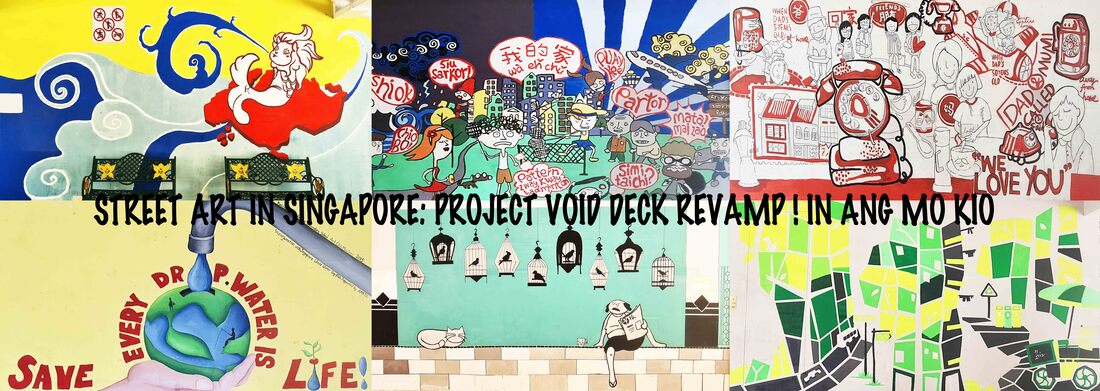
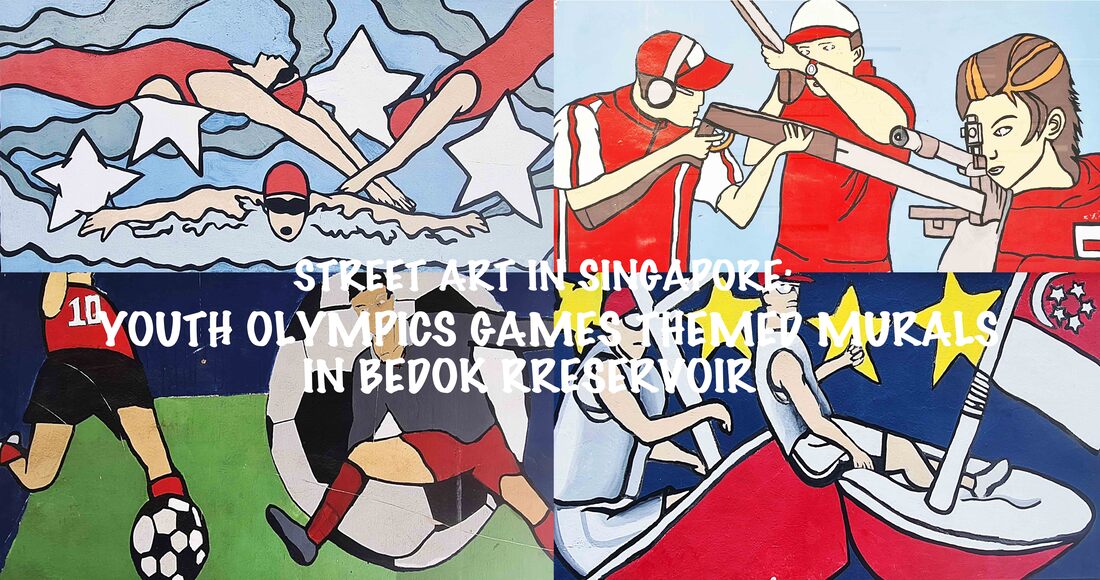
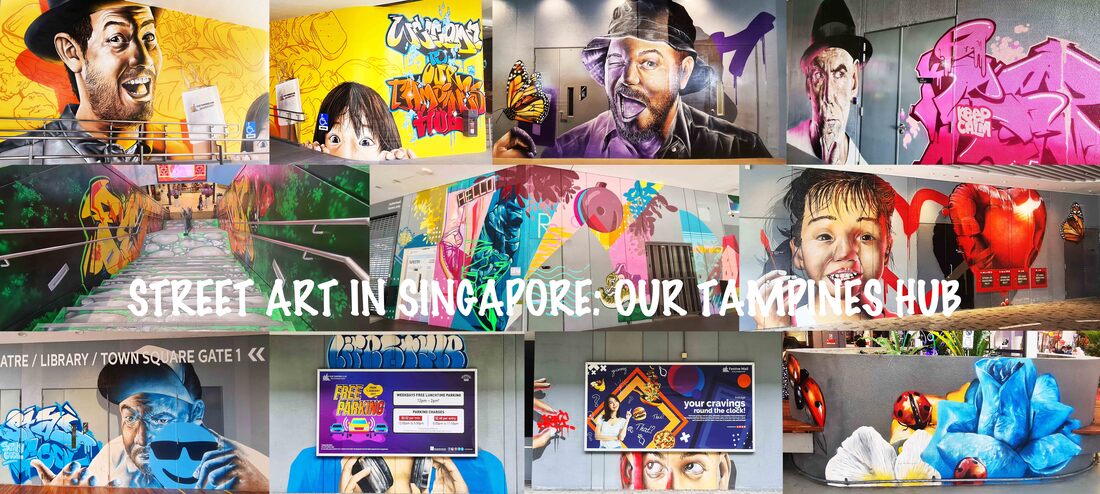
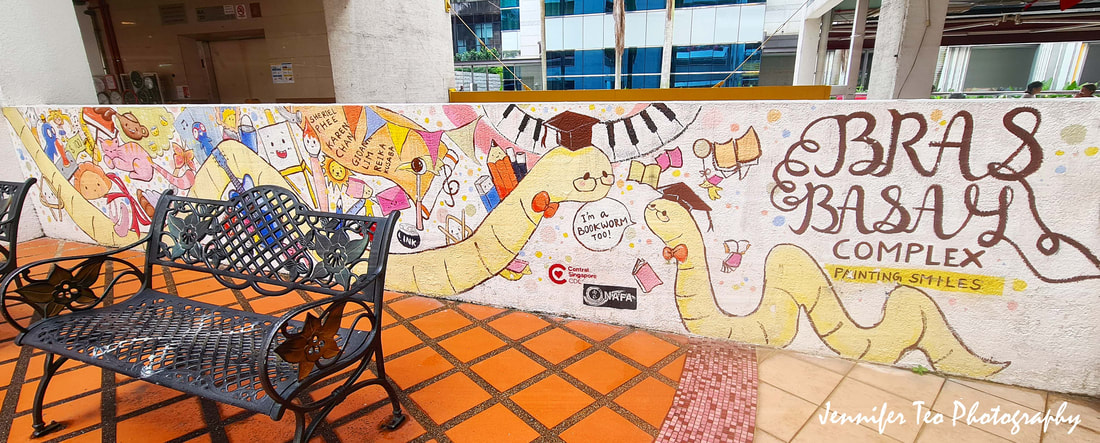
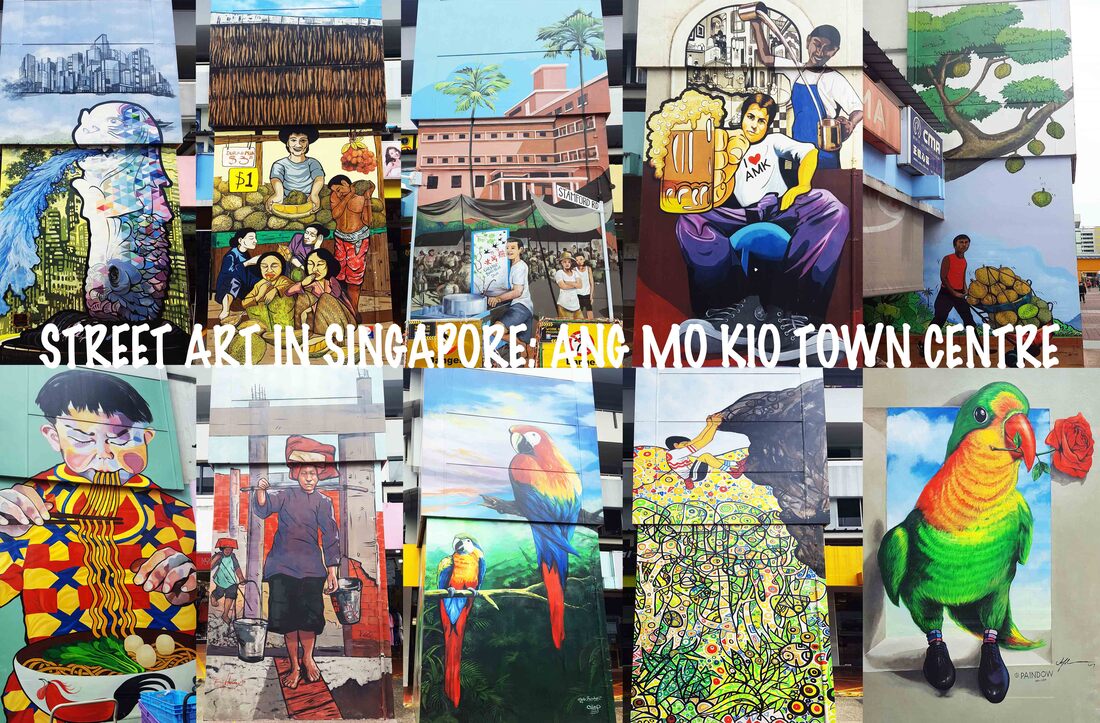
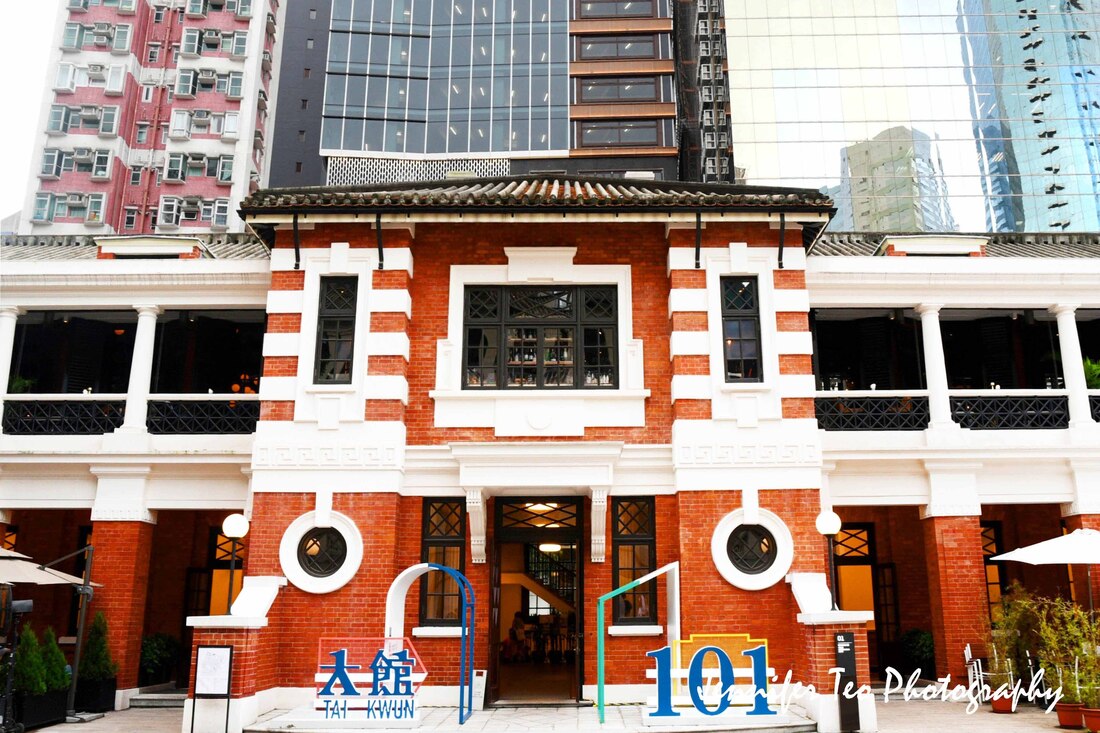
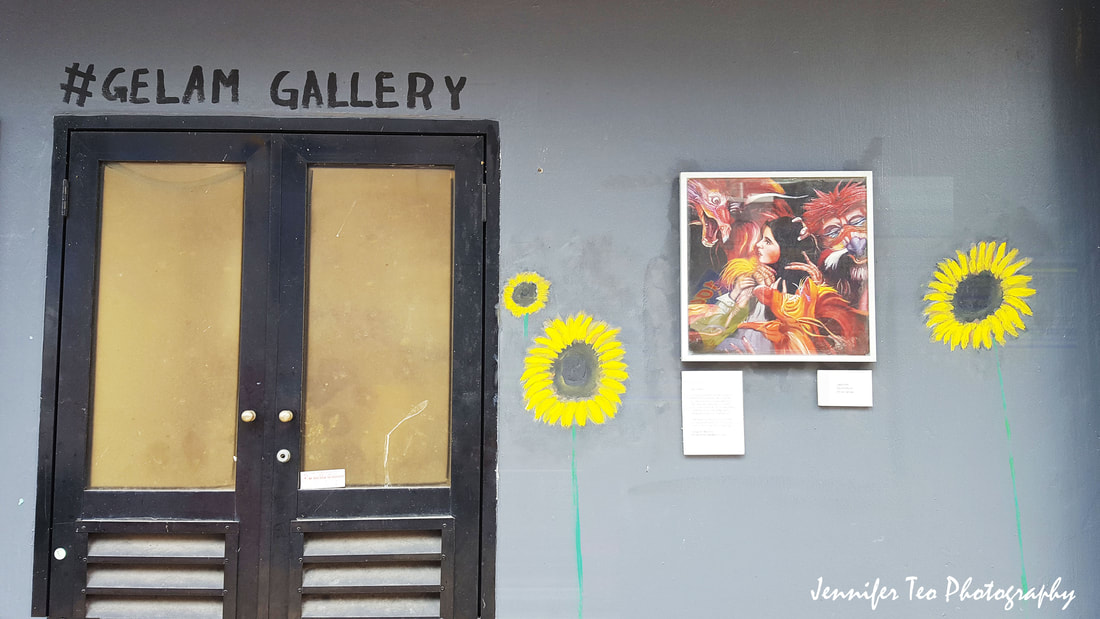
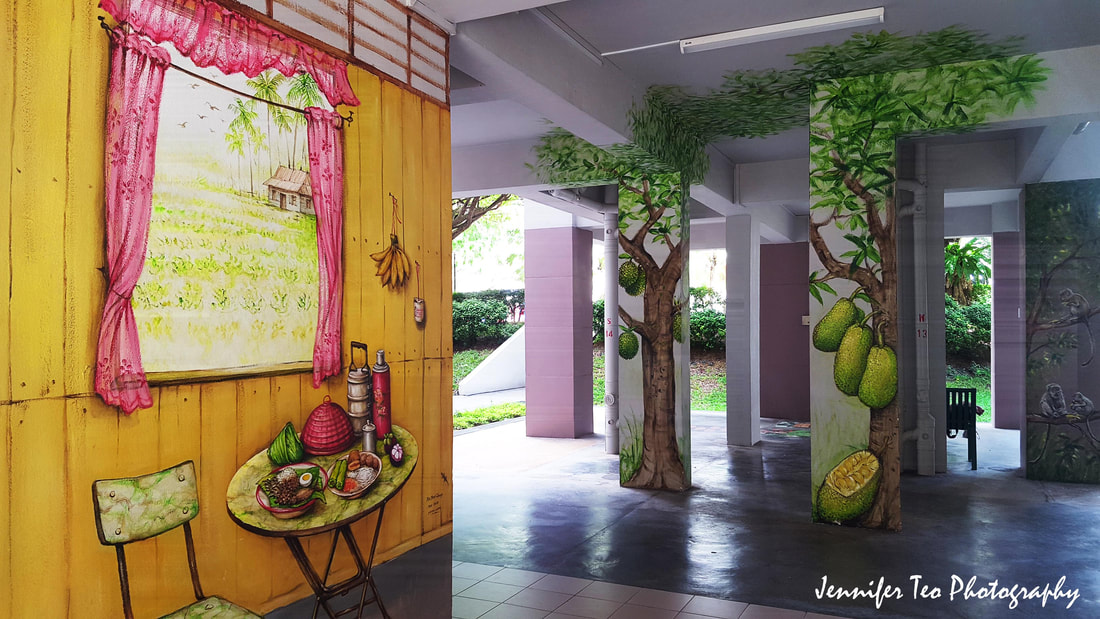
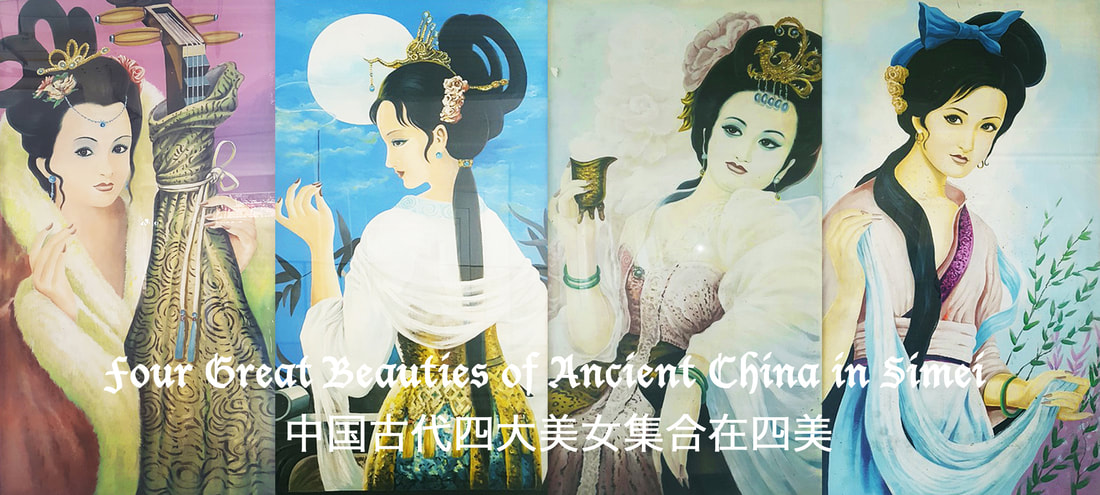
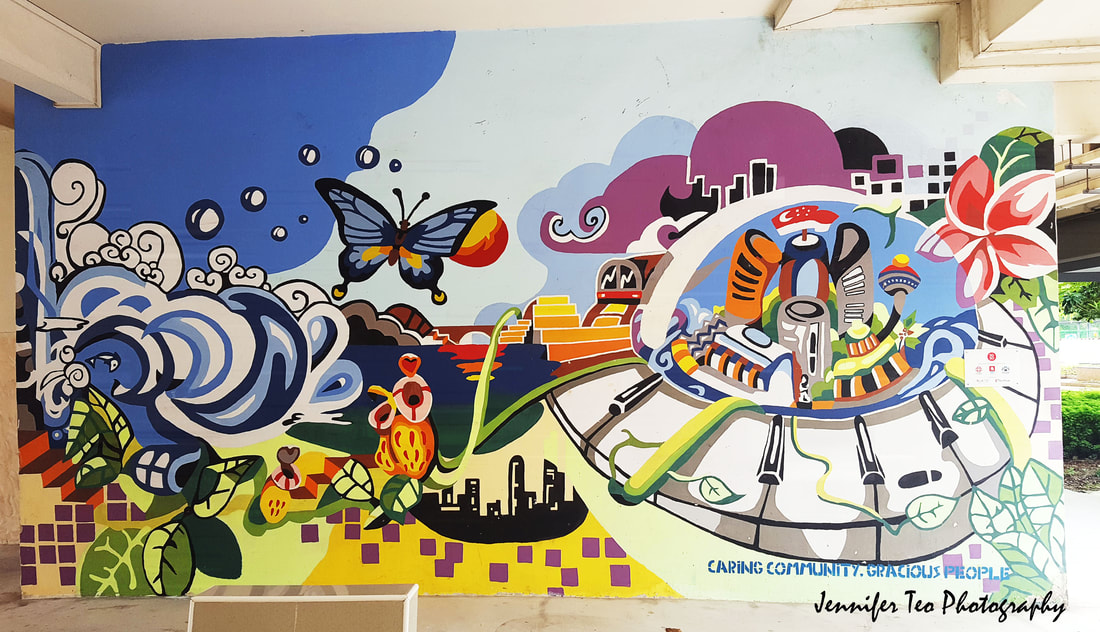
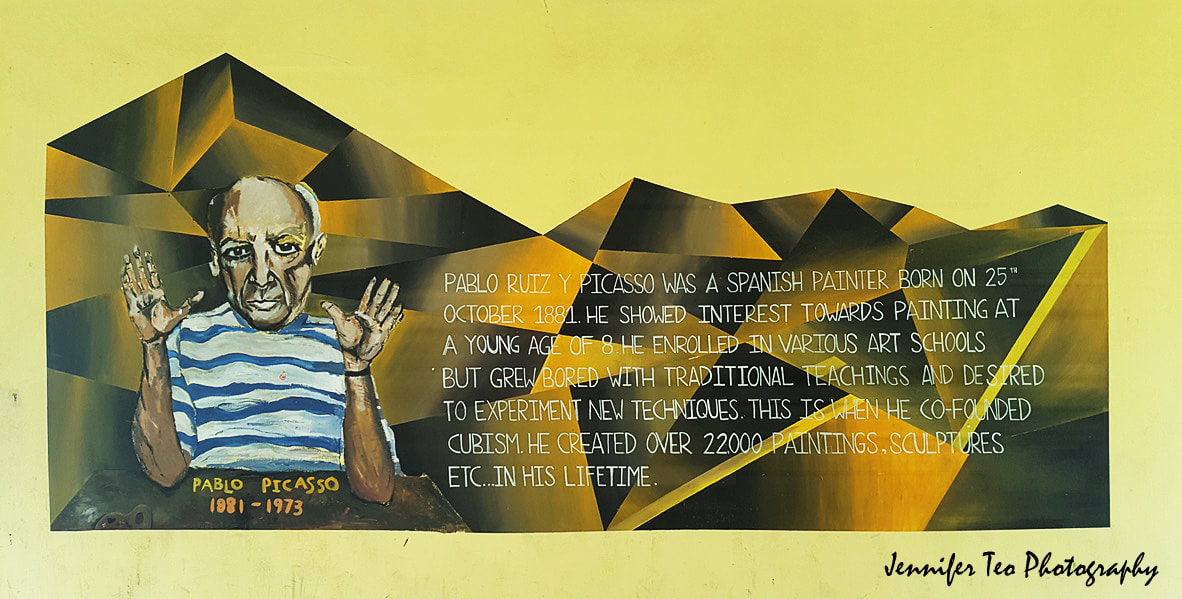
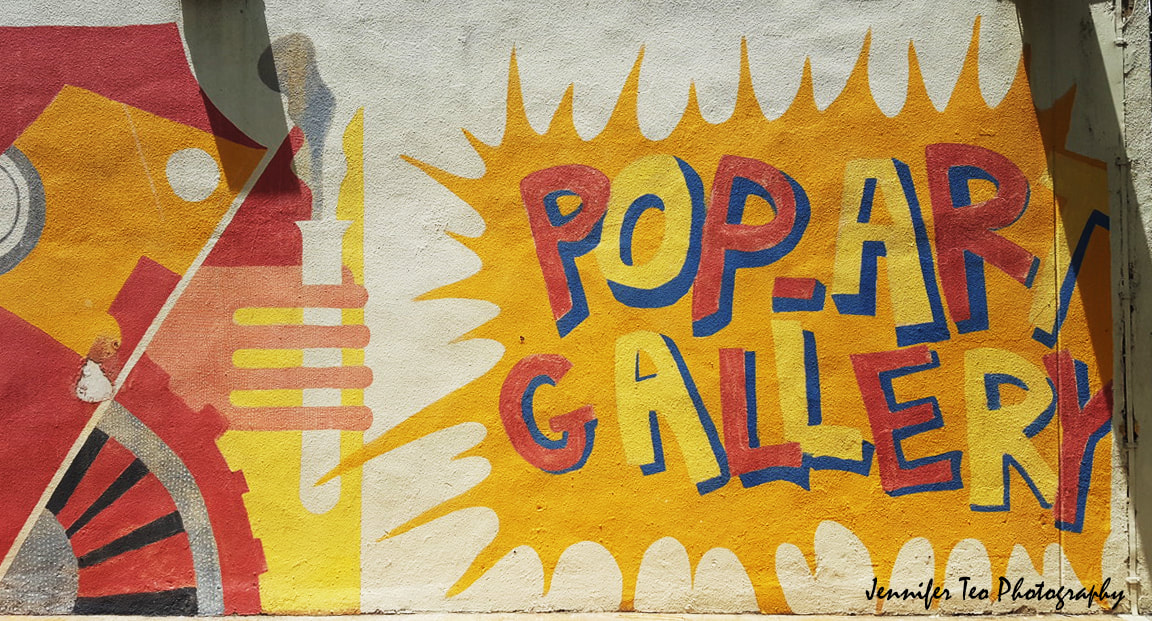
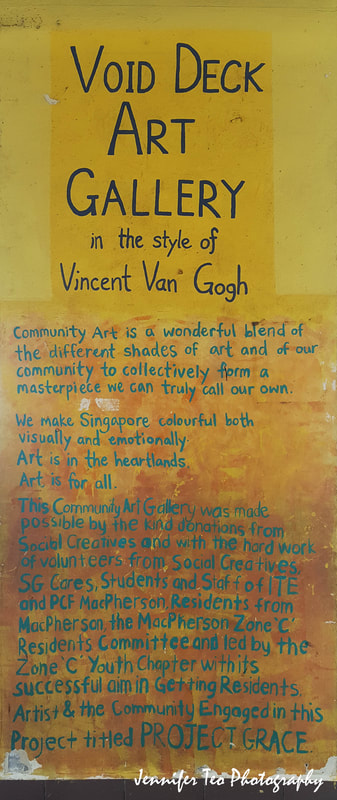
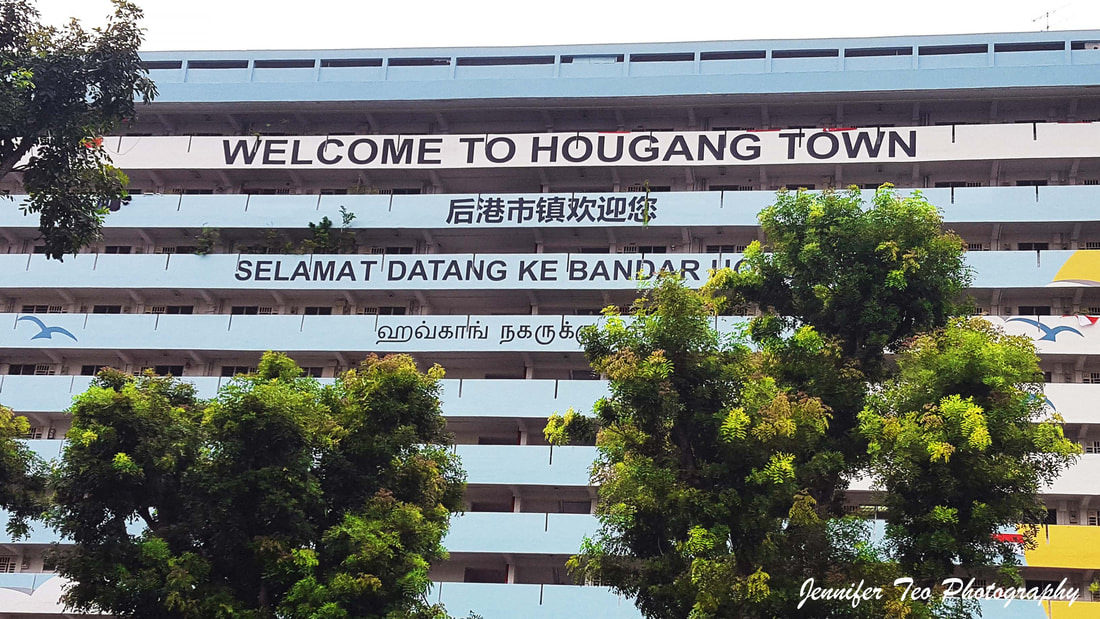
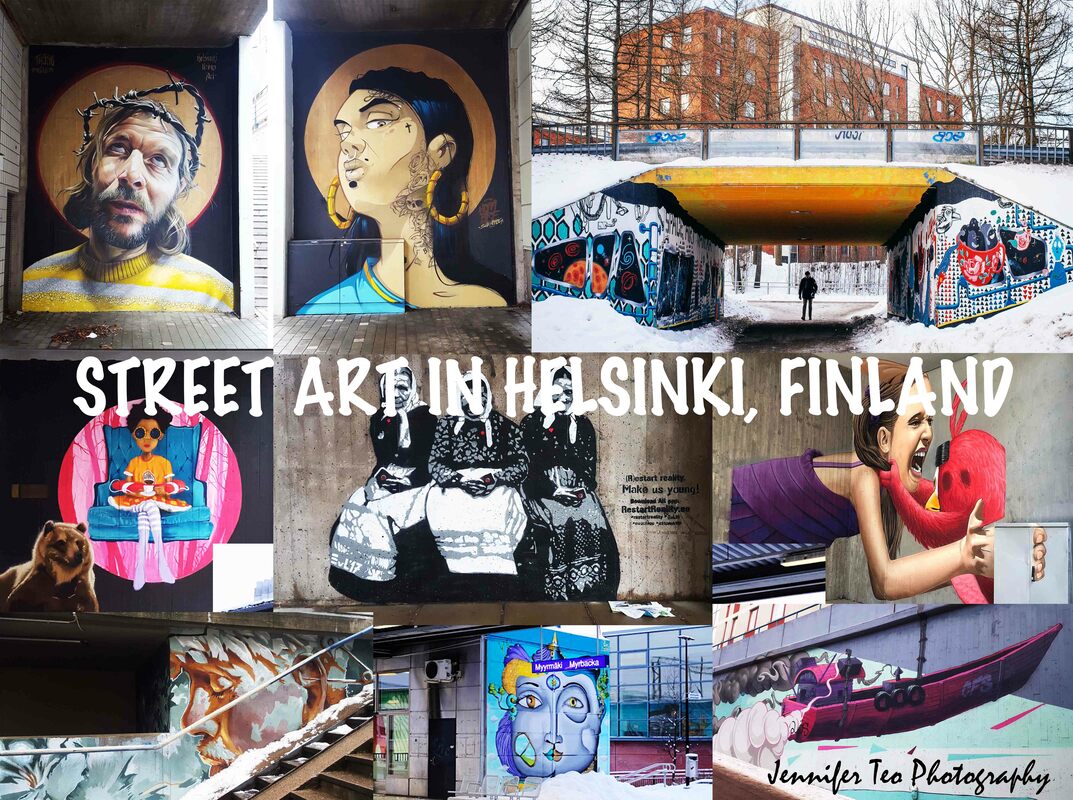
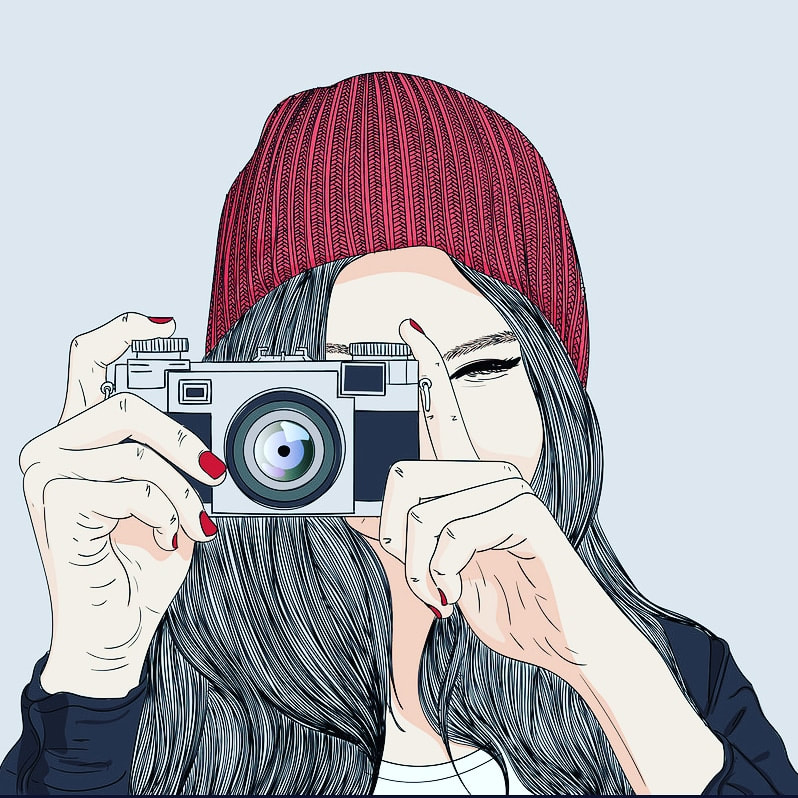
 RSS Feed
RSS Feed






